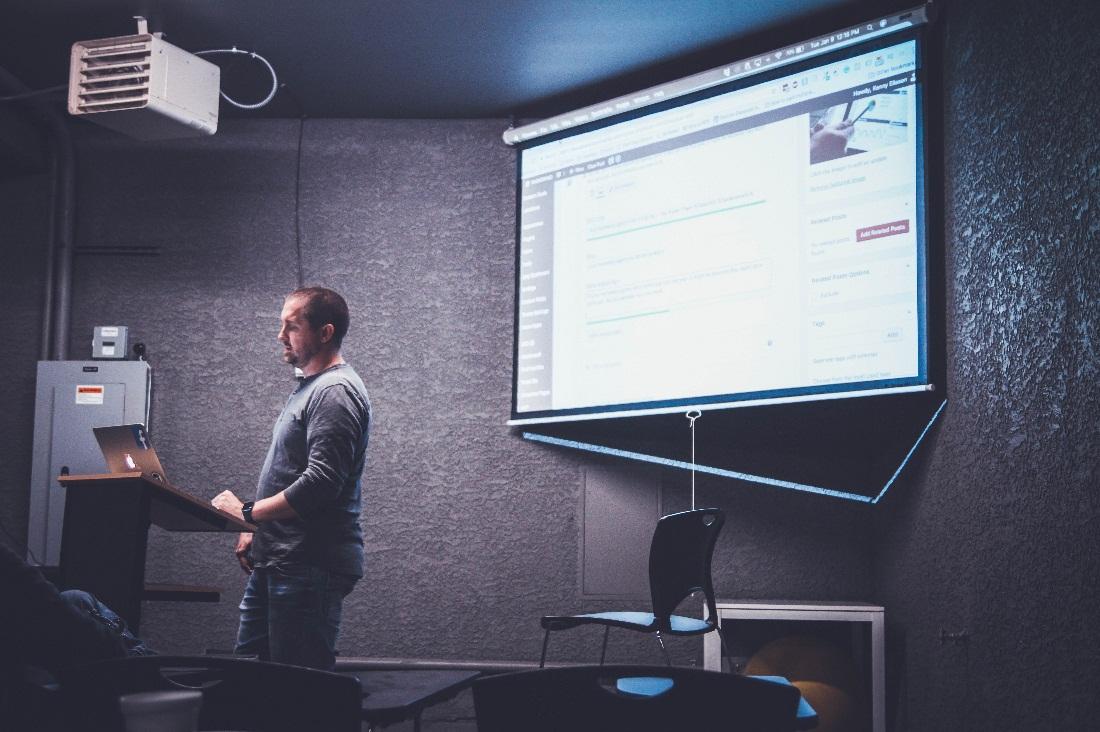
Setting up audio/video entertainment at home does not end with the purchase of a projector. You need to set up the unit properly so you can enjoy your videos and movies without worry. The ideal set up is to install the projector in the ceiling, where it will be stable and secure. However, without proper guidance, you might find that installing the mount, and the projector to the ceiling can be quite challenging.
Mounting the projector
Some of the projectors in the market today come with a dedicated projector mount. But it’s possible to separately purchase a high-quality projector ceiling mount if you do not have one.
1. Select the right location for the screen
Locate the ideal place in the room where natural or artificial light will not fall directly on the screen. Avoid placing the screen near a window if you do not have an option to block the sunlight when you want to watch a movie.
2. Measure the ceiling height
Have a gap of about 24 inches (minimum) between the floor and the lower edge of the screen. That will give you the amount of space left from the ceiling to the top of the screen, which will help you position the screen correctly. The best screen size for a home theatre is 100 inches so that you can enjoy excellent visual quality.
The screen height matters as it will determine the projector’s placement. The projector should be in the centre location to beam directly onto the screen. Use the screen’s dimension as your guide to determine the viewing size of the projection while watching a video. Mark the ideal screen location.
3. Find the ideal position the projector
Finding the right location for the project means you have to check the throw distance by computing the throw ratio and screen width. The computation will give you the correct distance between the projector and the screen. The exact length may not be given in the projector manual, so you have to use the trial and error method to determine the ideal distance. Consider the location of the power outlet, the length of the HDMI cable, and the seating arrangement.
4. Compute the vertical offset and viewing angle
The vertical offset means how low the projector should hang from the ceiling while considering the lens shift and the viewing length. If this is not possible, use the manufacturer’s recommendation and adjust the height and viewing angle. Mark the place after you have made the calculations.
5. Drill the holes
See to it that the location on the ceiling has proper support. If the selected position is between joists, attach a wood panel to connect the beams before installing one section of the brackets. Attach the projector mount securely to the projector, clip the mount to the bracket on the ceiling and add screws loosely so that you can adjust the projector properly. Once you have achieved the correct angle, tighten the screws.
Installing the projector to your ceiling takes time. Be sure to read and follow the instructions on the projector’s manual to avoid mistakes.
If you want to learn more about our blog, please click here.
Image: https://unsplash.com/photos/gYf49RB7bvE
Leave a Reply